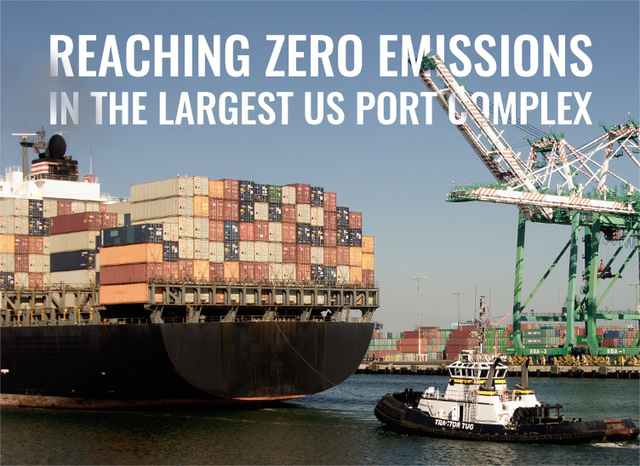
Reaching Zero Emissions in the Largest US Port Complex
Joining in the worldwide effort to improve air quality for everyone, the largest port complex in the United States has set a goal to make a difference. The twin ports, located in Los Angeles and Long Beach, cover more than 23 square miles of land and water and produce most of Southern California’s air pollution. This is because they handle approximately 40 percent of container import traffic for the United States. As the ninth-largest port complex in the world, they also see a quarter of the total exports for the country.
The pollution comes from both barges and equipment in the ports. The framework to the plan to significantly reduce the amount of pollution they see by 2035 was just approved by the governing board, after hearing from environmentalists, community groups, elected officials, and industry leaders such as Tesla. The more detailed plans have yet to be released, but here is what we know so far.
Improvements will happen each year until there are zero emissions. These changes are not going to be inexpensive either. The estimated costs are going to be between $7 billion and $14 billion. The details of the plan are not all figured out, like who will ultimately pay the bill for the new equipment. Once the plans are fully planned, each program will require individual approval by each of the port’s harbor commission.
There are some lofty goals in the plans, including strategies aimed at improving efficiency and equipment when moving cargo. Some of the main points involve strategies for trucks such as:
- Clean-engine milestones for vehicles
- Incentives to turnover fleets to more efficient trucks with fewer emissions
- Programs for efficiency in truck reservations and staging yards
- Requirements for terminal operators to use equipment with zero-emissions
Terminal equipment will also undergo changes by implementing a goal of using electric trains to move half of the cargo out of the ports. The on-dock rail will be expanding to help accommodate this plan.
Success for this plan depends largely on collaboration between the two ports and all the responsible governments and communities. In a statement to the press, Lou Anne Bynum, Long Beach Harbor Commission President, said: “Moving the needle to zero requires all of us- the ports, industry, regulatory agencies, environmental groups and our communities- to pool our energy, expertise, and resources.”
While the goal is one everyone can agree is beneficial to the area and the planet, it has yet to show how the plan will play out in the years to come. Everyone is hopeful that the clean air will draw others in rather than push out traffic to other ports in the East and Gulf coasts. This would not only increase emissions in these other parts of the country, but many fear it will harm the local economy that relies on the ports.
The varying groups couldn’t agree on the right path to meeting all the lofty goals, but they all agree it is important to make changes. As these ports set out to make a difference, everyone will be watching to see how it gets done.
